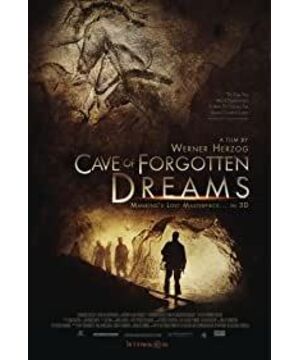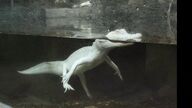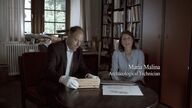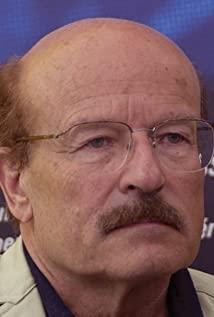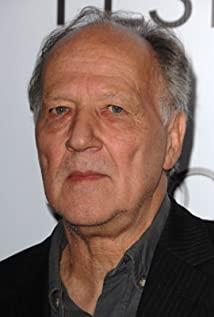Original declined to reprint
Early in Cave of Forgotten Dreams, Werner Herzogpoints out that the artist appears to be capturing a sense of movement, an almost “proto-cinema” style of representation where a beast is drawn with 8 legs instead of four, which suggests movement, said “For them, the animals perhaps appeared moving, living [...] almost a form of proto-cinema."For Herzog, these drawings felt like "frames from an animated film."
Protocinema was named to embody motion and cognition, after a Werner Herzog observation, in which he refers to The Chauvet-Pont-d'Arc Cave paintings as almost "proto-cinema" in style of representation-capturing a sense of movement, "not unlike the futurist paintings of the early 20th century whereby a figure was captured moving through space and time."Proto-cinema is a term that does not bear cinematic conventions, it suggests a form that tackles the issues in film relating to the concepts of truth and fact as well as reality and representation. The curiosity to see beyond and within human life is existent in Herzog's films. Just as early photographs and films reflected the possibilities and limits of the photography in motion, Herzog's films are surveys into the ontology of film . Herzog's relationships with films and filmmaking are the only personal and autobiographical aspects of these films.
People in the Old Stone Age have their own ways to understand the world. In Cave of Forgotten Dreams, two theories by which people know the world had been mentioned: liquidity and penetrability. Liquidity means that objects can transform into each other while penetrability means objects can choose either to communicate or not. Maybe, people painted because art works made by human not only has a larger ability to transmit messages than languages created by human, but also can communicate with future.Comparing with wall painting, with the development of digital technology, we use computers and cellphones to transmit messages in the effect of modern technology, which makes messages are stored and transmitted more easily. However, sometimes we have to accept some messages without willing.
As for wall painting, the observation and imagination of these artists were the same as ours. We feel closer to the drawings on the walls of Chauvet than the painting of, say, an Egyptian mural. These artists are not remote ancestors; they are brothers . They saw like us, they drew like us; we wear essentially the same clothes against the cold. But despite their proximity, there is something fundamental that cuts us off from them. The time they lived in connected everything. They lived in an enormous present, which also contained past and future. A present in which nature was not only contiguous with them, but continuous. They flowed in and out of a continuum of everything around them; just as the animals flow into and out of the rock. And if the rock was alive, so were the animals. Everything was alive.And perhaps this is what truly separates us: not the space of time, but the sense of time. In our minute splicing of our lives into milliseconds, we live separated from everything that surrounds us. Do you know who made your clothes, or even what they are made of? "We are locked in history; they were not," says Herzog.
Work cited
Akçali, Elif. "A Form of Proto-Cinema: Aestheti
cs of Werner Herzog's Documentary Essayi
sm."Cineaction, no. 97, 2016, pp. 50-2.
View more about Cave of Forgotten Dreams reviews


